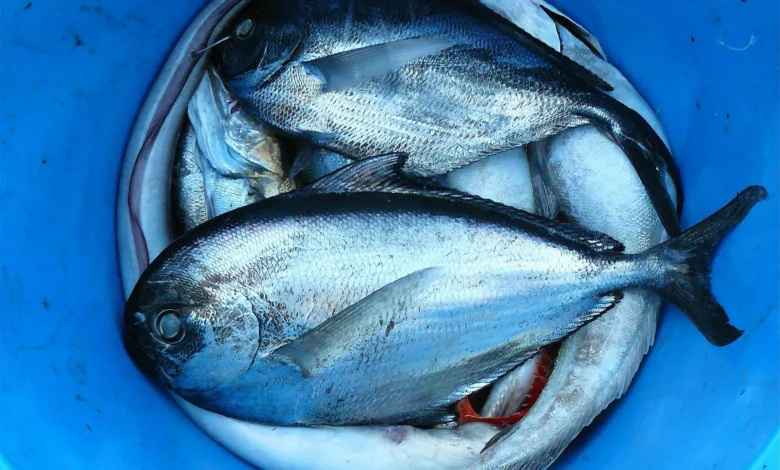How to Choose Fresh Seafood: Tips for Selecting the Best Catch

Seafood is a delicious and nutritious addition to any diet, that’s for sure. For the best varieties, it’s important that you pick the freshest catch—and this is where it can get tricky.
Whether you’re a true-blue seafood enthusiast or new to the world of fish and shellfish, knowing how to choose the freshest catch can make all the difference. Here, we’ll share some straightforward tips to help you find the best seafood every time you shop at trusted online markets like Manettas Seafood Market.
Contents
Look Closely
- Eyes – Fresh fish should have bright, clear and bulging eyes. Cloudy or sunken eyes indicate the fish is past its prime.
- Skin – The skin should be shiny and moist, with scales clinging tightly. Dull, dry skin suggests the fish is older.
- Gills – Bright red or pink gills are a good sign. Avoid fish with brown, grey or green gills.
Give It a Touch
- Flesh – Gently press the flesh of the fish. It should be firm and spring back immediately. If it leaves an indent, it’s not the freshest.
- Shellfish – Live shellfish should respond to a light tap on their shells. Crabs and lobsters should feel heavy for their size.
Trust Your Nose
Fresh seafood should have a mild, pleasant ocean aroma. Avoid any fish with a strong, fishy smell, as this indicates spoilage.
Buying Whole Fish
When buying whole fish, look for these additional signs of freshness:
- Clear, red bloody line – This runs along the side of the fish and should be bright red.
- Firm belly – The belly shouldn’t be mushy or bulging.
Buying Pre-Cut Fish
Pre-cut fish can be a convenient option, but freshness checks are still crucial. Look for bright, red cuts with no browning edges. The flesh should be firm and not leak excessive liquid.
Buying Shellfish
Live shellfish are generally best. Opt for mussels, clams and oysters with tightly closed shells. Crabs and lobsters should be lively and responsive. You must avoid shellfish with open or cracked shells.
Frozen Seafood
Frozen seafood can be a great alternative, especially for out-of-season varieties. Always check the packaging for any tears or damage. Look for a solid frozen block with minimal ice crystals.
Ask the Experts
Don’t hesitate to ask the fishmonger for help. They can advise you on the freshest catches and recommend suitable options for your recipe.
Storing Seafood Properly
Fresh seafood should be stored in the coldest part of your fridge, ideally on a bed of ice. Aim to cook it within 1-2 days for optimal quality. Frozen seafood should be thawed in the fridge overnight or under cold running water.
Beyond the Basics
Now that you’ve mastered the basics, here are some bonus tips:
- Seasonal choices – Opt for seafood that’s in season for the best flavour and quality.
- Sustainability matters – Choose seafood caught using sustainable methods to protect our oceans.
- Explore new varieties – Don’t be afraid to experiment! There’s a whole world of delicious seafood out there waiting to be discovered.
By following these simple tips, you can confidently select the freshest seafood for your next culinary creation.



